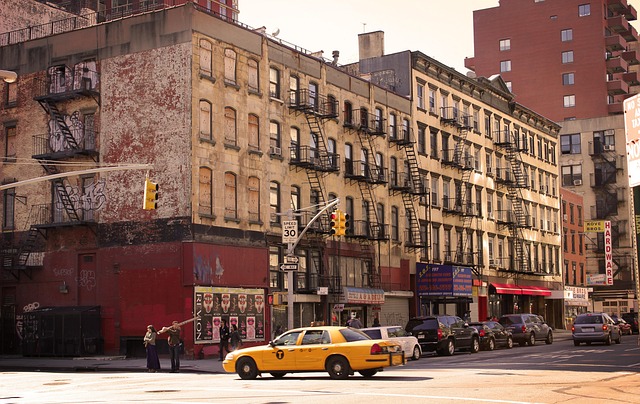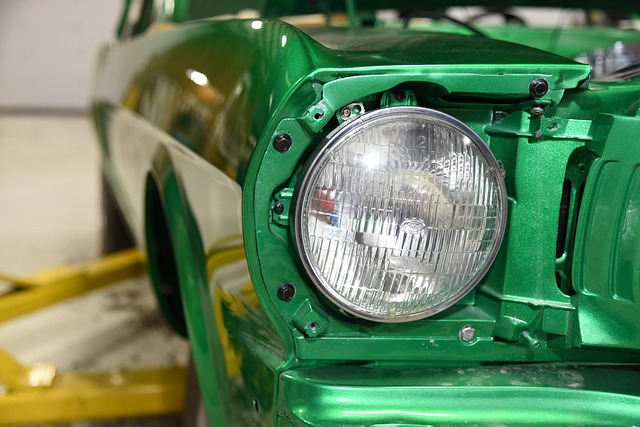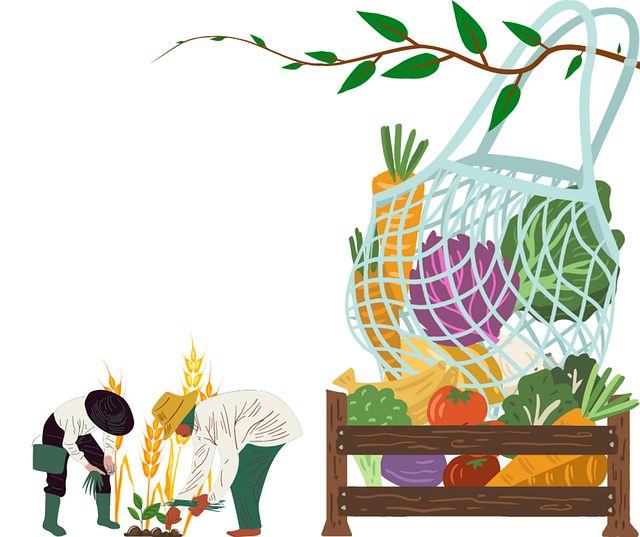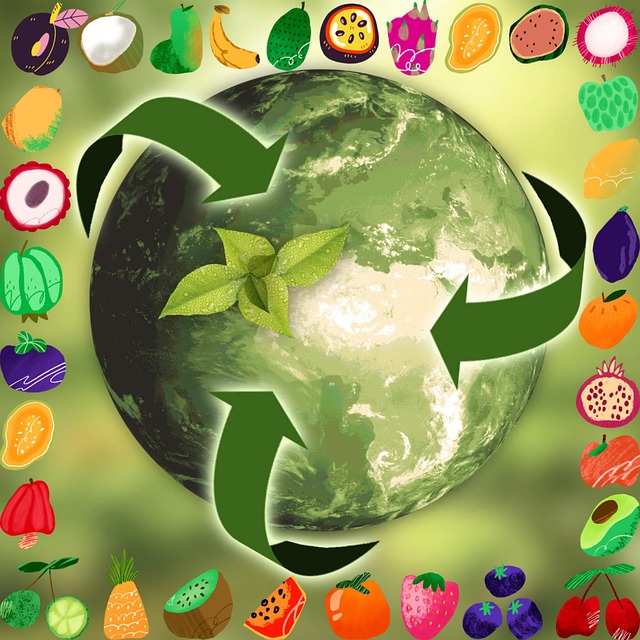The construction industry seeks eco-friendly alternatives to traditional glulam due to its environmental impact. Natural adhesives, derived from renewable resources, offer reduced carbon footprints and structural integrity. This shift towards sustainability in glue laminated beams (GLBs) leverages biodegradable materials, minimizing toxic chemicals and promoting a circular economy. Advanced natural glue options ensure durability while reducing environmental degradation, driving innovation in sustainable construction practices.
The construction industry is increasingly focused on the sustainability of glue laminated beams (glulam). This article explores eco-friendly alternatives to the harmful chemicals traditionally used in glulam production. We’ll delve into the environmental impact of glulam, examine natural adhesive solutions, and compare performance between green and conventional options. Additionally, we’ll discuss industry adoption trends and future prospects for more sustainable glulam manufacturing.
- Understanding Glulam's Environmental Impact
- Traditional Glue Options: The Problem
- Natural Adhesives: A Sustainable Solution
- Bio-based and Renewable Alternatives
- Performance Comparison: Eco-friendly vs Harmful Chemicals
- Industry Adoption and Future Trends
Understanding Glulam's Environmental Impact

The construction industry has long relied on glulam (glue-laminated beams) for their structural strength and versatility in creating complex architectural designs. However, traditional glulam production involves toxic chemicals that contribute to environmental pollution and have significant carbon footprints. This is a growing concern as the world shifts towards more sustainable building practices, prompting architects and builders to explore eco-friendly alternatives.
Glulam’s environmental impact extends beyond chemical emissions. The manufacturing process often demands substantial energy, further exacerbating its ecological footprint. By embracing sustainable building materials options like laminated wood structures without harmful adhesives, we can achieve significant improvements in the industry’s sustainability. These resource-efficient building materials not only minimize environmental damage but also offer structural advantages over traditional glulam. Visit us at 18 Clifton St, Unadilla, NY 13849 anytime to learn more about these innovative, eco-conscious alternatives and how they can contribute to a greener future in construction.
Traditional Glue Options: The Problem
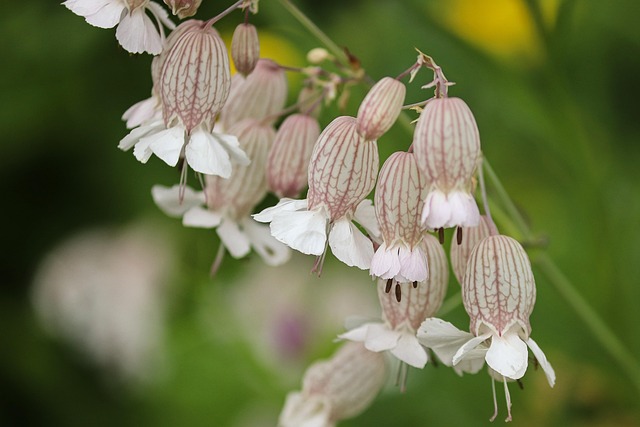
Traditional glue options for laminating wood have long been the go-to method in construction, offering strength and durability. However, the sustainability of glue laminated beams is a growing concern. Many conventional adhesives contain harmful chemicals that contribute to environmental degradation and pose health risks to workers. These toxic compounds can persist in the environment, impacting ecosystems and water sources.
The problem lies in the long-term effects of these glues, which often have high carbon footprints due to their production processes. Moreover, when disposed of improperly, they can release harmful gases and pollutants. In light of these issues, there is a growing need for eco-friendly alternatives that maintain structural integrity without compromising on quality. That’s where innovative, sustainable solutions come into play, offering a promising path forward for the construction industry—one that prioritizes both environmental responsibility and the health of those involved. Give us a call at (607) 369-9341 to learn more about these revolutionary options.
Natural Adhesives: A Sustainable Solution

In the pursuit of a greener construction future, natural adhesives are emerging as a powerful alternative to harmful chemicals used in glue laminated beams (GLB). This shift towards sustainability is not just an environmental imperative but also a response to the growing demand for products with reduced carbon footprints. Natural adhesives offer a promising solution for achieving both durability and sustainability in structural materials, such as GLBs. These eco-friendly alternatives are derived from renewable resources like plant extracts, proteins, and essential oils, drastically cutting down on the reliance on fossil fuels and toxic chemicals.
The adoption of natural adhesives in manufacturing processes can lead to significant carbon footprint reduction with beams. Moreover, durable and sustainable beams constructed with these adhesives contribute to a circular economy by minimizing waste generation and offering longer-lasting structures. With continuous innovations in material science, the development of advanced, yet environmentally friendly, bonding agents ensures that the future of construction lies in sustainable material innovation. If you’re interested in learning more about how natural adhesives can benefit your projects, give us a call at (607) 369-9341.
Bio-based and Renewable Alternatives
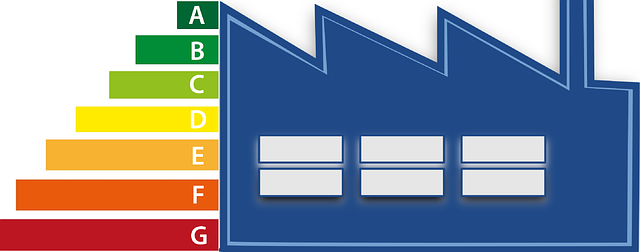
The shift towards sustainable construction practices has spurred interest in eco-friendly alternatives to traditional glulam chemicals, especially considering the growing concern over the environmental impact of harmful adhesives. Bio-based and renewable materials offer a promising direction for the sustainability of glue laminated beams. These alternatives not only reduce the carbon footprint associated with petroleum-based glues but also contribute to the overall circular economy.
Sustainable timber frame construction is gaining traction as an innovative approach, leveraging the inherent strength and versatility of wood while minimizing the use of toxic chemicals. The latest sustainable construction trends today highlight the importance of natural, biodegradable adhesives that enhance the longevity of glued lumber without compromising structural integrity. By visiting us at unalam.com anytime, you can explore these revolutionary options further, ensuring a brighter future for both construction quality and environmental stewardship.
Performance Comparison: Eco-friendly vs Harmful Chemicals

When comparing the performance of eco-friendly alternatives to traditional harmful glulam chemicals, it’s clear that sustainability doesn’t have to compromise structural integrity or durability. In fact, many natural glue alternatives for beams showcase superior strength and longevity, making them a reliable choice for construction projects. These innovative solutions are transforming the industry by offering environmentally friendly wood products that meet or exceed the standards set by conventional methods.
Sourcing sustainable lumber for buildings from reputable suppliers like Unalam (find us at unalam.com) ensures not only the quality of the materials but also their origin’s commitment to ecological preservation. By opting for these alternatives, builders and architects can contribute to a greener future while delivering robust and safe structures. This shift towards sustainability in glue laminating is a testament to our growing awareness and responsibility toward the environment.
Industry Adoption and Future Trends

As the global focus on sustainability intensifies, the construction industry is experiencing a significant shift towards eco-friendly alternatives. The traditional harmful chemicals used in glulam (glue laminated beams) are increasingly being scrutinized for their environmental impact. This has led to a surge in the adoption of biodegradable engineering solutions, where researchers and manufacturers are pioneering new methods to create reusable structural components without compromising strength or durability.
Looking ahead, future trends suggest that the industry will continue to prioritize sustainability in the design and manufacturing processes of glue laminated beams. Innovations such as plant-based adhesives, recycled materials, and advanced recycling techniques will play a pivotal role in reducing the carbon footprint of construction. By embracing these changes, builders and architects can contribute to a greener built environment while ensuring the structural integrity of their projects. For those interested in learning more about sustainable building practices, visiting us at 18 Clifton St, Unadilla, NY 13849 anytime is encouraged to stay informed about the latest developments in sustainability glue laminated beams.
The search for sustainable alternatives in construction, particularly in regard to the sustainability of glue laminated beams (glulam), is a critical step towards a greener future. By exploring natural adhesives and bio-based solutions, we can significantly reduce the environmental impact associated with traditional glulam chemicals. As industry trends shift towards eco-friendly practices, the adoption of these innovative alternatives promises not only a healthier planet but also enhanced structural performance. This shift marks a promising new chapter in the journey towards more sustainable construction methods.

